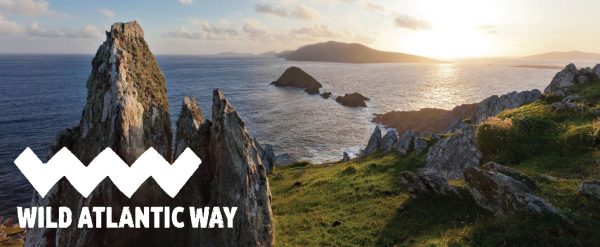Donegal’s landscape and its people are taking centre stage this week during an educational social media campaign called #DonegalWeek.
Over the next few days on Facebook and Twitter, interesting geographic facts about Donegal will be highlighted, showcasing geographers’ research about the county and asking the public to get involved with their favourite geography related fact about the Donegal.
Delighted to be heading up #DonegalWeek #YearofGeography for @geogsocire! This is the last county week so let’s make it great! Amazing beaches cliffs & mountains, emigration, economic isolation, the looming impact of Brexit – just some of the reasons #geographymatters to Donegal!
— Arlene Crampsie (@ArleneCrampsie) December 9, 2019
The campaign is being headed up by historical geographer Arlene Crampise from Drumkeen, who says that study of Geography is severely threatened by the decision to remove it as a core subject on the Junior Cert programme.
Geography is much more than capital cities, the longest rivers and the highest mountains, it is the understanding of many “big questions” facing people on the planet today.
Donegal is connected to the rest of the Republic of Ireland only by our border with Leitrim and is often perceived as being isolated from the rest of the country.
Despite our miles of coastline, sandy beaches and majestic scenery (including the highest sea cliffs in Europe at Slieve League) Donegal has only recently made its way onto tourist routes around Ireland, thanks to the Wild Atlantic Way.
Our border with Northern Ireland ensured that the impact of the Troubles were felt across the county.
This means that the outcomes of Brexit will have consequences for Donegal that simply will not be felt in the same way for the rest of Ireland.
Years of economic isolation have led to generations of emigrants leaving the county for other parts of Ireland and overseas.
This is still attested to by the vibrant Donegal Associations across the world, by our strong links with Scotland and by those who travel on a weekly basis from Donegal to Dublin, Galway and further afield.
Donegal is a vibrant county with a rich, diverse history, heritage and culture, from the Ulster-Scots tradition in the east of the county to the Gaeltacht regions further west.
Geography helps us understand how our location and the physical landscape have been shaped by our range of historical, political, economic, social and cultural landscapes.
You can follow the discussions via #DonegalWeek and #YearofGeography on Twitter or via the Geographical Society of Ireland on Facebook and remember to use these hashtags if you want to share your thoughts on what makes Donegal so unique!
Tags:








